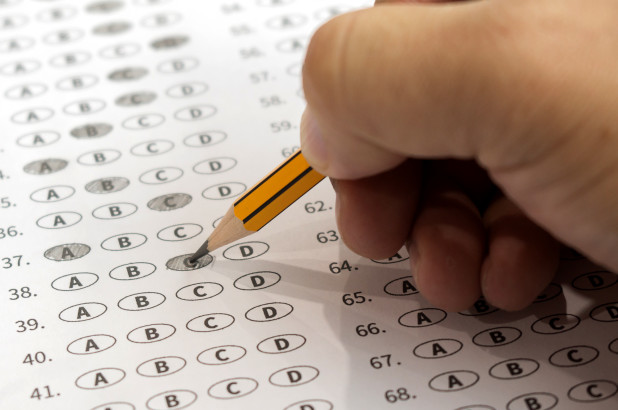Written by Simon Hua |
Recently, College Board—the company in charge of administering the SAT—announced their intention to implement a new metric for the exam, one that measures a student’s social and economic adversity. This is part of an effort to diversify colleges without explicitly considering race as a factor. As with any affirmative action policy, the new score has engendered reactions ranging from high praise to high concern.

The new score will range from 1 to 100, or least to most adversity. Thirty-one different pieces of information are taken into account when determining the score, and they fall under two categories, the student’s school and his or her neighborhood. When ranking the student’s school, factors such as median family income, the percentage of households with food stamps, and the percentage of families with children in poverty are taken into account. Crime rates, employment rates, and the cost of living are some of the data considered for the rank of the neighborhood. The entire list of factors can be found on College Board’s website.
Some students are in favor of colleges considering adversity as a criterion for admission. “I think it’s important for colleges to look at,” shares Junior Logan Cummings, “If someone does really well in a low-status place, that clearly shows that they are at a higher level than someone who performs similarly in a wealthy environment. It helps level the playing field.” The new score is seen by some as a means to ensure equality of opportunities for education, but there are those who have their qualms about how fair it is.
Some people are wary that the new scores could potentially do more harm than good. Guidance Counselor Myriah Rodowicz argues, “Someone could come from a really wealthy area but have less fortunate parents. I’m concerned that their neighborhood’s adversity score could reflect inaccurately upon their financial situation.” Although the new score is being introduced with the intention of countering discrimination, there is an understandable fear that, counterintuitively, colleges will favor students with higher adversity scores, putting students who have faced less adversity at a disadvantage.
Controversy has also arisen over the fact that students are not allowed to view their own scores. “I feel like that’s shady,” Logan claims, “I don’t know why students shouldn’t see their own scores. If colleges are allowed to see it, it’s clearly not that private.” Other students try to see the purpose behind the concealment of the score. Senior David Saturno reasons, “I can understand it almost. From the perspective of being in a high school environment, you could picture people being like, ‘what’s your score?’, which could make people feel self-conscious. At the same time, people like to know how they’re being measured.”
College Board intends to fully implement the adversity score by 2020, so the upcoming Juniors will be the first generation of Morgan students to be ranked by it. Only time will tell if the addition of the score will impact their admissions decisions positively, negatively, or at all.


